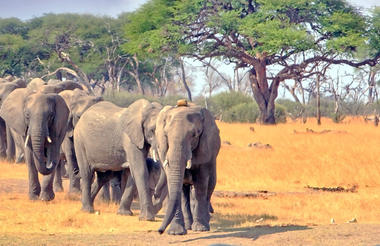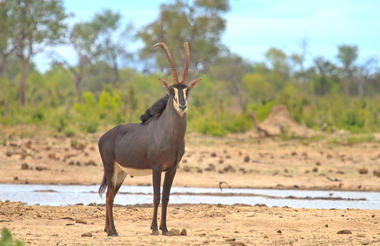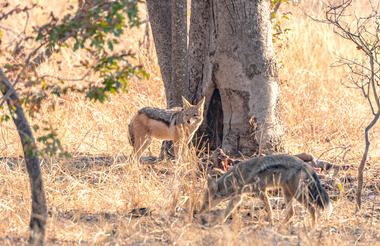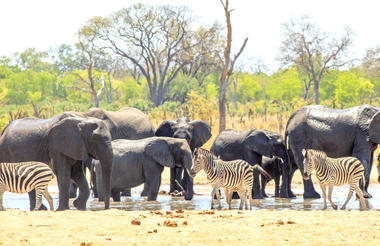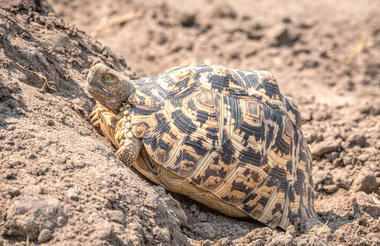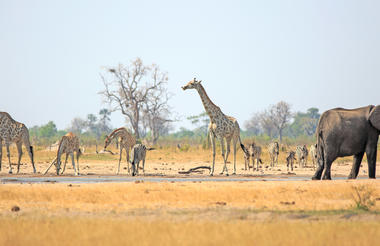Zimbabwe is a landlocked country located in southern Africa. It is bordered by Zambia to the northwest, Mozambique to the northeast, South Africa to the south, and Botswana to the west and southwest. The capital and largest city of Zimbabwe is Harare.
Victoria Falls, one of the most famous natural attractions in Africa, is located on the Zambezi River, on the border between Zambia and Zimbabwe. The falls are known locally as Mosi-oa-Tunya, which means "The Smoke that Thunders." This UNESCO World Heritage Site is renowned for its breathtaking beauty and is considered one of the largest and most spectacular waterfalls in the world.
Key facts about Victoria Falls and its connection to Zimbabwe include:
Location: Victoria Falls is situated on the Zambezi River, forming the border between Zimbabwe to the south and Zambia to the north.
Size: The falls have a width of about 1,708 meters (5,604 feet) and a height of around 108 meters (354 feet), making them the largest curtain of falling water in the world.
Activities: Visitors to Victoria Falls can engage in various activities, including guided tours, wildlife viewing, and adventurous activities such as bungee jumping and white-water rafting. The surrounding area is rich in biodiversity, and the national parks on both the Zimbabwean and Zambian sides offer opportunities for safaris and wildlife encounters.
Victoria Falls Town: The town of Victoria Falls in Zimbabwe is a popular base for tourists exploring the falls. The town offers accommodation, restaurants, and various services catering to visitors.
Access: Victoria Falls can be accessed by air through the Victoria Falls International Airport in Zimbabwe. The falls are also accessible by road from various neighboring countries.
Tourism: The falls attract tourists from around the world, and the surrounding region is a hub for ecotourism and adventure tourism. The Victoria Falls Bridge, connecting Zimbabwe and Zambia, is a notable landmark and offers stunning views of the falls.
Zimbabwe and Victoria Falls, in particular, contribute significantly to the tourism industry in the region, providing economic benefits and showcasing the natural beauty of southern Africa.
Known locally as Mosi-oa-Tunya—“The Smoke That Thunders”—Victoria Falls is one of the world’s great natural landmarks. Straddling the Zambezi River between Zambia and Zimbabwe, it forms a vast curtain of water that fills the air with mist and sound. The Zimbabwean side grants the most dramatic views, where mist rises like ghostly curtains and rainbows arc through the spray. Measuring about 1,708 metres across, it is regarded as the largest single continuous sheet of falling water on Earth. The adjacent town of Victoria Falls provides a convenient base for exploring the region, with a wide range of activities from scenic flights and microlight trips to white-water rafting, bungee jumping, kayaking, and safaris into Chobe National Park.
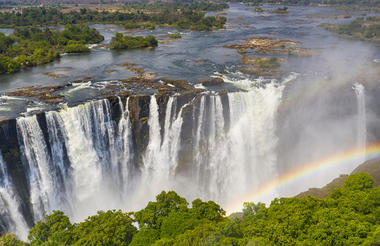
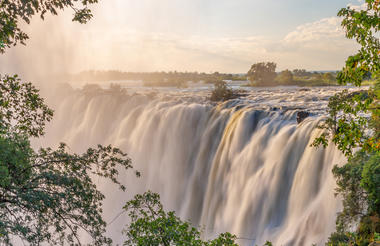

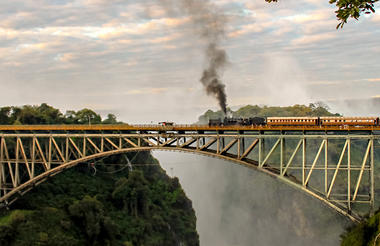
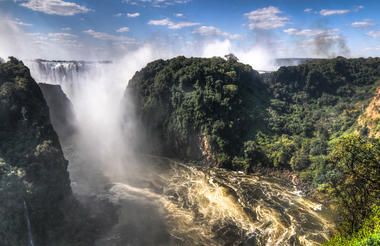
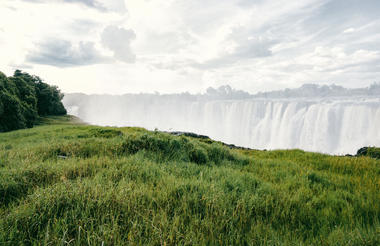
Located in northern Zimbabwe, the life-giving power of the Zambezi River makes Mana Pools National Park one of Zimbabwe’s most lush and flourishing regions. Characterised by a diversity of landscapes including floodplains, forests, and baobab trees, the park has been designated as a UNESCO World Heritage Site for its natural beauty; providing a fantastic destination for photographers. It is an Important Bird Area and is also one of the continent’s premier game-viewing locations, known for its good chances of seeing elephants, wild dogs, lions, and leopards. Visitors can look forward to an array of activities such as canoe trips, guided walks, game drives, river cruises, nature walks, bird watching, and catch-and-release fishing.

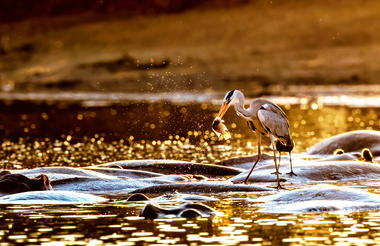
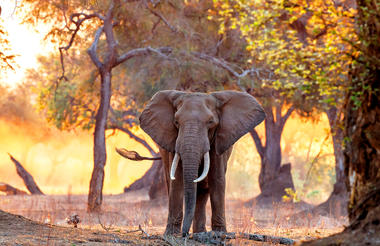



Located in western Zimbabwe, Hwange National Park (formerly Wankie Game Reserve) is the largest natural reserve in the country and is famous for its rich diversity of wildlife. Home to one of the biggest elephant populations in the world, as well as around 100 mammal species, the park is popular among animal lovers. Several protected species inhabit the awe-inspiring open landscapes, including the endangered wild dog, critically endangered black rhino, and rare roan and sable - along with lion, cheetah, and around 500 bird species. Adventurers can look forward to guided bush hikes, game drives, and horse riding safaris, all of which offer excellent photographic opportunities.
